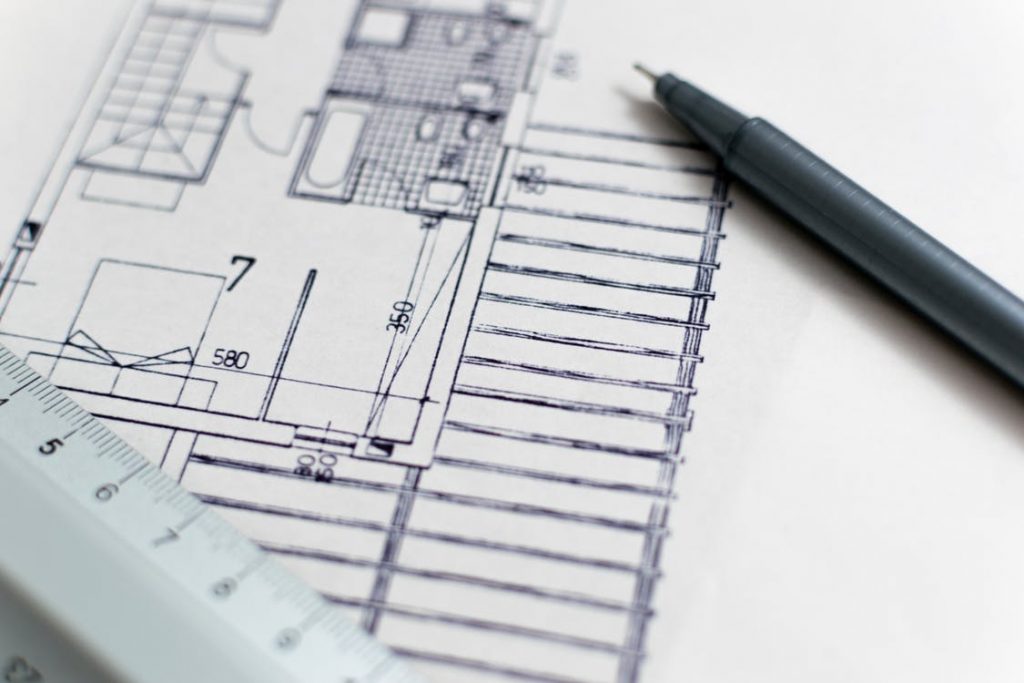Making the decision to put on your builder’s hat and get to work with making some improvements around your house doesn’t require you to already be a DIY expert. Still, you also shouldn’t jump straight into such a big project, unless it involves simple fixes such as a few broken door handles or leaky faucets. If you’re trying to upgrade your home on the whole then you need an overarching plan to ensure that all the improvements collaborate well with one another. You don’t want clashing themes or to come to the sudden realization that you could only afford to upgrade half of the rooms in the house because then you’ll be left with a messy, half-finished project.
The key to upgrading your home is to know your limits. That means limits in terms of physical ability and limits in terms of money. There are always ways to improve your ability, such as watching YouTube tutorials, and you might not know how good you’ll be at a certain task until you try, but you should definitely do some research before you begin your project. Start with some of these inspirational tips that should put you on the right path for the home improvement project you’re hoping to undertake.
The plan.
As discussed in the introduction, the importance of making a plan before you start on such a big DIY project should not be understated. You need to make a list of all the pros and cons of your home, first of all. It’s crucial that you pinpoint the things that you (and the rest of your family) like and dislike about the current state of your home. Once you have a list of improvements, you can start to put costs next to each one and figure out what’s manageable in terms of your current financial situation. The time-consuming nature of each task is something you’ll have to consider too, but you will likely want to make the improvements in stages (one task every weekend, for example).Of course, there’s always the option of moving somewhere new if your current home is beyond saving. If the problems and potential improvements fall into the category of “no space” around the house or things external to the home itself, such as the location in which you live, then it may simply be time to move. You could start here if you want to buy a house but need an idea of the sort of options out there in terms of varying price ranges and different locations. Whatever you end up deciding, it’s important that you make a rough plan of the house’s positive and negative features so that you get an overall idea of what’s currently wrong with your home before you make any big decisions. Still, if you do choose the option of moving, the following pieces of inspiration will help you to make your new home all the better.
The tidy-up.
The first task is to declutter your home. Think of yourself as an artist starting a painting or a drawing; you need a blank slate on which to work. This is your opportunity to really dig deep around your home and throw out all the old clutter that you don’t need anymore and probably haven’t needed for years. Perhaps some of your children’s old toys and clothes can go because they’ve grown out of them, and perhaps some of your old clothes can go because… you’ve grown out of them, in a sense. Old furnishings might look dated at this point, so they can go too.
You might be left with a very minimalistic house, but that’s a good thing. It makes the improvement project far easier, and it means you can add things without worrying about your house becoming too-cluttered. You’re starting again. Giving your walls a fresh coat of white paint is also a good starting point, as it’ll refresh the house. You’ll reflect more of the natural light pouring in through windows, therefore brightening each room, and you’ll also take your home back to the way it looked when you first bought it.
The bathroom.
In terms of improving individual rooms around the home, the bathroom is definitely an important place to begin. If you want your house to feel like a “home” then you should, at least, be able to get ready for the day in the morning and ready for bed in the evening in a comfortable environment. People don’t always put importance on individual rooms to make their home more comfortable, but you definitely should. Retiling the floor or the walls is a good place to start; if there’s tiling in the shower then you should definitely do these and remove and mold whilst you’re at it.
Even the small updates, such as installing a new faucet, can completely transform what you felt was a dingy and uninspired space. This is a place in which you want to clean yourself, and it shouldn’t feel dirty. Again, as mentioned earlier, watch some YouTube tutorials. If you think you can tackle certain tasks then give them a go. If you feel out of your depth then maybe leave certain jobs to professionals (or friends and family who feel a bit more confident about the task).
The kitchen.
The kitchen is another important room that’s often considered the centerpiece of any home. It’s the place in which you cook food, eat with your loved ones, and perhaps even relax with your loved ones if it’s connected to your lounge area. The point is that the kitchen is important on a practical level, of course, but that doesn’t mean you should leave the comfort factor out of the equation. Repaint those old cabinet doors, at the very least. Retile the floor, install new appliances if the old ones are starting to become faulty, and perhaps help the decluttering process by putting up new shelves for some crockery or cutlery that’s simply lying around without a home.
The energy bills.
This is a slightly different point in the list, but one that you should definitely consider when making upgrades to your home; especially seeing as some of the home improvements you’re making might be very costly. You can make all the money you spent on improving your home by slashing the amount you spend on energy per month, and this could all be part of your large home improvement. For starters, you could insulate the loft and walls around your home. This will help trap heat you’re releasing into the air and avoid as much of it from escaping out of the house; double-glazed windows help with this too.
Of course, improving your home on a larger scale to be more energy-efficient might involve installing solar panels. That way, you’re not reliant on the grid for electricity either. You could even sell some of the heat you generate back to the National Grid. On a smaller scale, of course, simply buying eco kettles or other energy-efficient appliances and making the decision to consume less water when you’re showering or brushing your teeth is the best way to create a more environmentally-friendly lifestyle, reduce your energy bills, and also be left with a much more modern, improved, and efficient home.
The garden.
A final home improvement tip is to give your garden a makeover. It’s a space often neglected by homeowners who have no interest in flowers or garden maintenance, but you’re neglecting what could become a cozy outdoor lounge with just a little effort. You could create a patio area on which you and the family could relax in comfortable, cushioned chairs and perhaps even have an outdoor dining table for meals on warm summer evenings. This could be a very valuable space.



